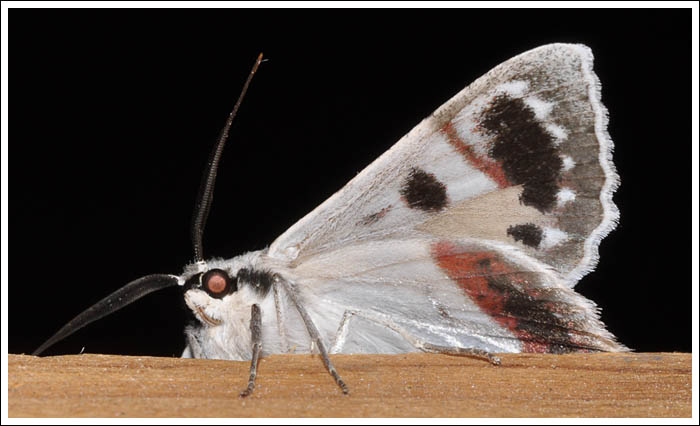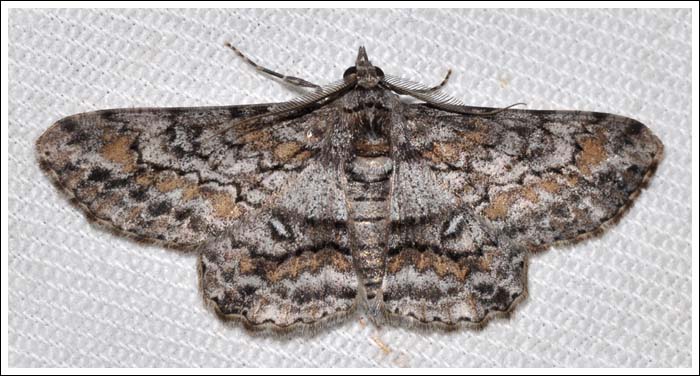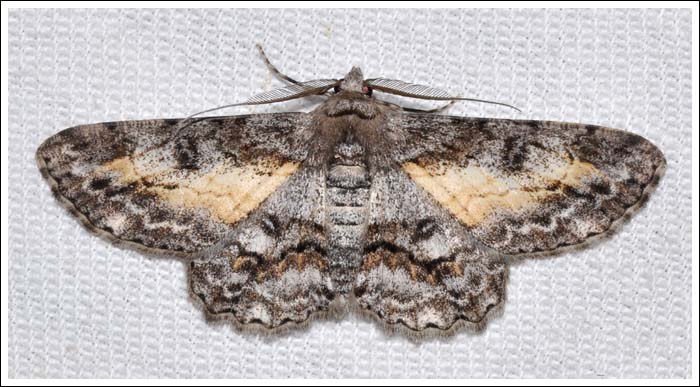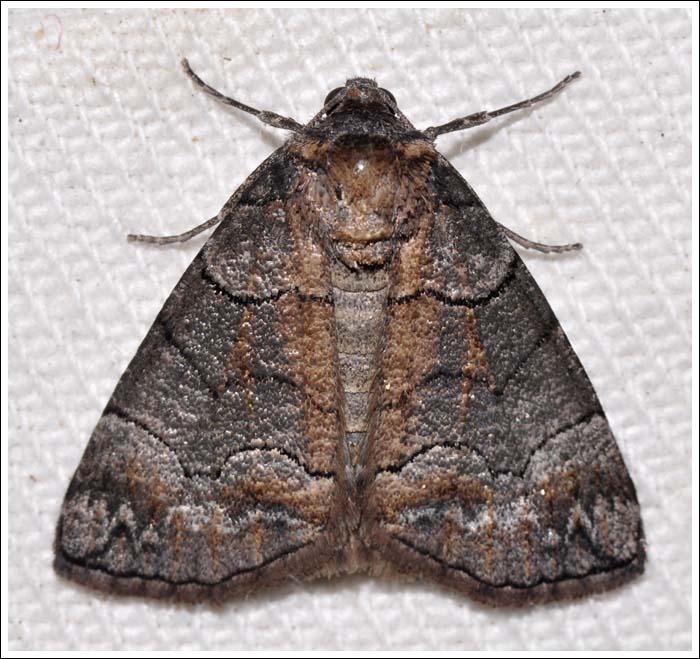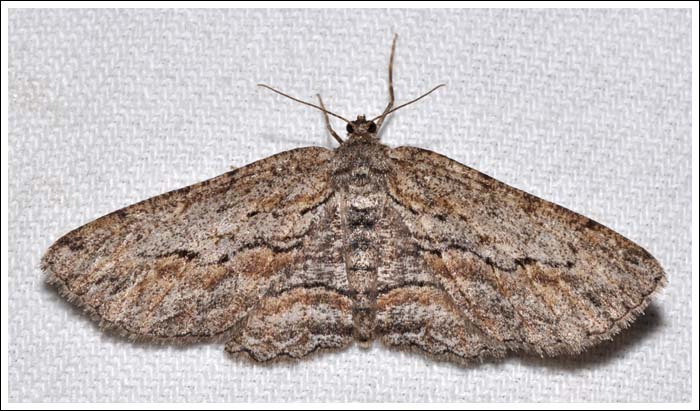It’s here, and finally we’ve had a warm day and mild night, time to shine a light on proceedings. One of the first visitors was a moth seen occasionally, Aglaopus pyrrhata, one of the Picture-winged Leaf Moths, family Thyrididae.
A look beneath the wings.
Crypsiphona ocultaria is a very common grey Geometrid, aka the Red-lined Geometrid. One may wonder why until the lower wing surface is seen.
Just on three months ago a rarity, Syneora hemeropa was recorded, and surprisingly another female turned up on this night, adding to the flight data of the species.
Geometrids were the main visitors to the light, four Cleora MOV sp. (2) came in showing the variation that is typical of this species.
A dark Dysbatus MOV sp. (1)
And even darker, the Black Geometrid, Melanodes anthracitaria.
And finally, a regular, Ectropis excursaria.
Click to enlarge.



